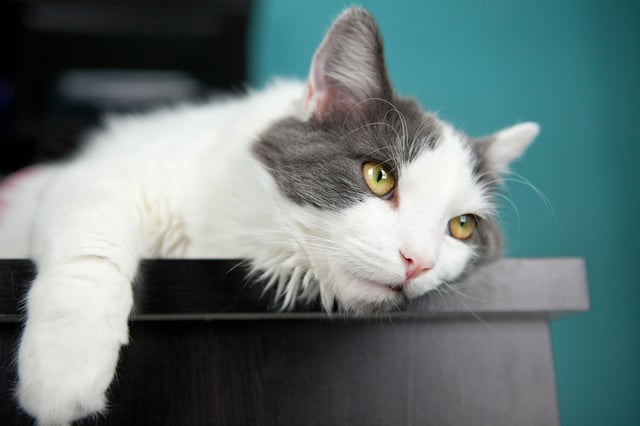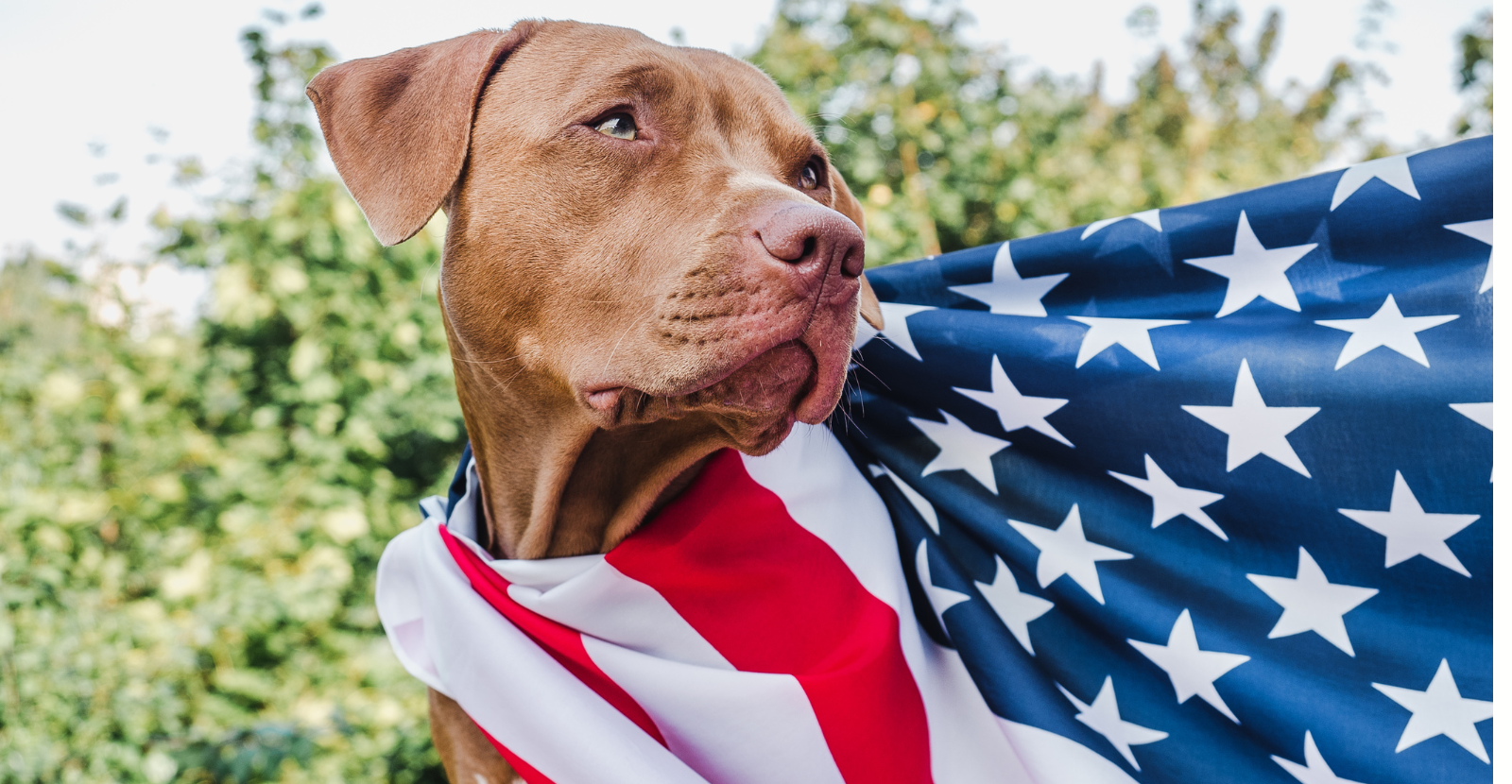 You probably already know osteoarthritis (OA) as a joint disease affecting people and dogs. Did you know it is also prevalent in cats as well? OA is a painful joint disease making it difficult for people and pets to do the things they love to do. But what is OA? How do you combat it? How have cats gone under the radar as being susceptible to OA?
You probably already know osteoarthritis (OA) as a joint disease affecting people and dogs. Did you know it is also prevalent in cats as well? OA is a painful joint disease making it difficult for people and pets to do the things they love to do. But what is OA? How do you combat it? How have cats gone under the radar as being susceptible to OA?
First, you may not have realized that cats get OA because your veterinarian may use the term degenerative joint disease (DJD) instead of osteoarthritis (OA) when referring to cats. No matter the terminology the illness is the same: it is arthritis in cats. In healthy joints, a slippery tissue called cartilage cushions the ends of the bones in the joints. With OA, the cartilage breaks down, causing pain and swelling. As OA gets worse, bone spurs can form and cause pain and joint damage. So what are the signs of arthritis in cats?
Why Cats Aren’t Diagnosed with Arthritis
The assumption OA doesn’t affect cats most likely stems from the basic fact cats simply do not visit the vet nearly as often as dogs do. Other reasons that cats may not get that diagnosis are:
- Cats are also good at hiding pain.
- They have a reputation for sleeping a lot
- Indoor cats simply do not get the same amount of exercise as dogs
What are the Signs of Arthritis in Cats?
Watching how your cat behaves around the house can help identify potential issues. Check out this illustration for examples of healthy versus arthritic behavior for you to uncover their secrets.

Notice the cat is doing the same thing, such as jumping on the kitchen table. The difference is how they get there. Did it jump up directly before but now it jumps on the chair, then the table? These are signs of arthritis in cats. It can help you determine if your cat has arthritis, even if it is only in a part of the feline's joints such as having arthritis in your cat's paws or arthritis in your cat's back legs.

5 things to help cats WITH arthitis
Unfortunately, our feline friends simply can’t tell us if they have arthritis. One way to determine it is to take this short arthritis assessment that asks questions based on the graphic above. This quiz helps pinpoint your cat’s arthritis risk factor. When you think your cat might have OA, here are some things to do to help:
- Here are some ideas to keep your cat is active for a fit, happy cat. Keeping your cat active will help combat the signs of aging that take place on their joints.
- Keep the weight downfor your cat. The heavier the cat, the more pressure on their joints. It seems a majority of cats are now considered overweight, however the pet parents don’t believe they are. Be informed about the healthy weight of your cat.
- Provide more cushion for your pets.This includes a fluffy bed, rugs on the floor to lie on and more. If they sleep on the furniture, make sure they can get to their favorite spot easily.
- Check the litter box to be sure it is easy to enter. Some are made where the cat steps up to enter. If they have painful joints, it may be hurt to make that effort. Use zero-entry or low-entry litter boxes or use a ramp or create smaller steps to help them get into it.
- Combat the signs of arthritis with a joint supplement created especially for cats by Parnell, Glyde™ Mobility Chews.Glyde promotes joint health and cartilage development to help keep cats active and youthful, longer. Improvement can be seen with regular dosage.
Glyde can Bring the Bounce Back to Your Cat’s Pounce
Cats are still kittens at heart. They do not want to be a lazy cat. Just think, if you take a vitamin daily, why wouldn’t your cat take one as well? Glyde™ Mobility Chews contains proven levels of three key components that work to relieve the painful signs of arthritis:
- New Zealand Green Lipped Mussel (GLM), which provides clinically proven anti-inflammatory efficacy, reducing joint pain and swelling, protecting against osteoarthritis
- Glucosamine, which reduces pain, improves joint function and mobility
- Chondroitin Sulfate, which stimulates synthesis of cartilage, reduces joint inflammation
With Glyde Mobility Chews, your cat will start receiving much-needed benefits such as:
- Glyde not only controls the clinical signs of osteoarthritis, but also aids in the improvement of joint health and function.
- Glyde active ingredients offer pet parents a way to provide relief without worrying about the side effects associated with traditional drug treatments.
- Glyde is made with natural, environmentally sustainable, gluten-free ingredients.
The bottom line is – what makes you more comfortable if your joints were aching? Most likely you would be taking some sort of supplement and trying to stay active with a good diet and exercise if you had achy joints. You can do the same for your feline friend.
Because we know: our cats are not just like family – they ARE family!



.png)

